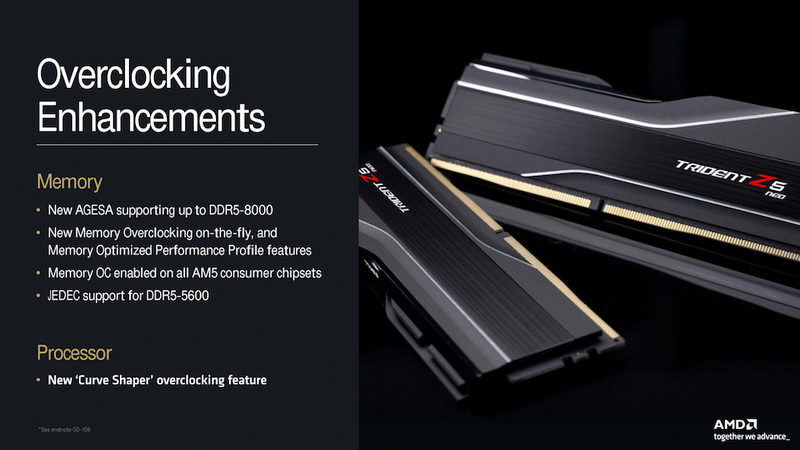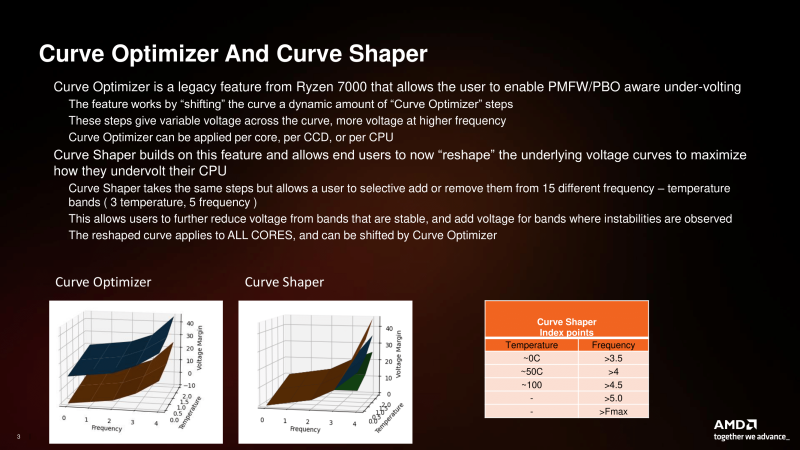AMD not only revealed the start date for Ryzen 9000 sales, but also shared fresh details about the upcoming desktop processors. The manufacturer reported that the latest chips based on the Zen 5 architecture for the Socket AM5 platform received support for faster RAM modules. Additionally, a new Curve Shaper feature was introduced for more efficient overclocking and downvolting.

Image source: AMD
To support new RAM overclocking functions, AMD has released fresh AGESA libraries, based on which motherboard manufacturers will release fresh BIOS for boards with Socket AM5. The platform with new AGESA libraries will support DDR5-8000 RAM modules and will allow overclocking of RAM on the fly.
In addition to this, the new Ryzen 9000 processors natively support the faster JEDEC specification without overclocking – DDR5-5600. Let us remember that the Ryzen 7000 without overclocking supported DDR5-5200 memory. Improved support for RAM overclocking will be provided on all consumer chipsets of the AM5 platform. This means that we are not just talking about motherboards based on the new AMD 800 series chipsets.

Ryzen 9000 processors also received support for the new Curve Shaper feature, which will be available in the BIOS of motherboards. Curve Shaper is essentially an improved version of the Curve Optimizer that came with the Ryzen 7000 series. The new feature allows you to fine-tune voltage curves across 15 different frequency and temperature ranges—three temperature settings and five clock speed settings.
This should give users more granular control over power, core voltage, and frequency while maintaining system stability. The ability to adjust different frequency/voltage ranges will allow users to reduce voltage within stable ranges and increase it where needed. Note that this sounds somewhat complicated, and most likely only enthusiasts will appreciate the function.
Essentially, AMD’s new Curve Shaper feature allows users to push Ryzen 9000 processors to their limits while maintaining stability, while also providing greater power efficiency by allowing the chip to run at lower voltages across all frequency ranges.